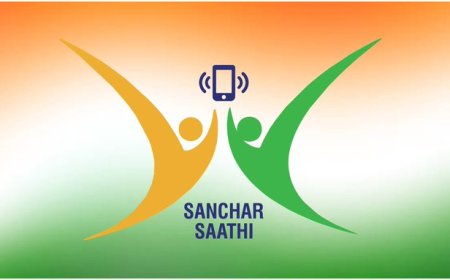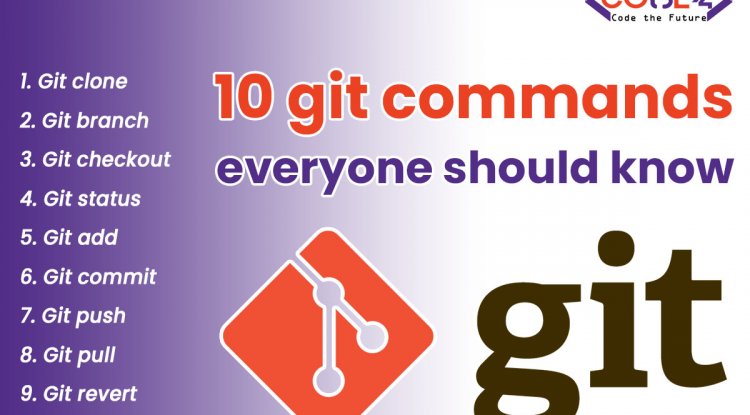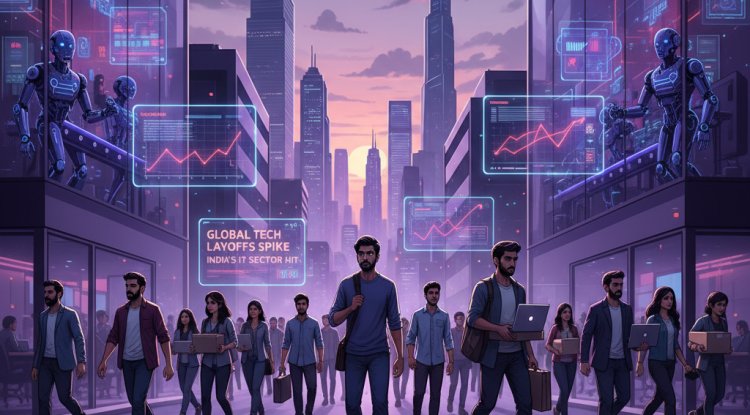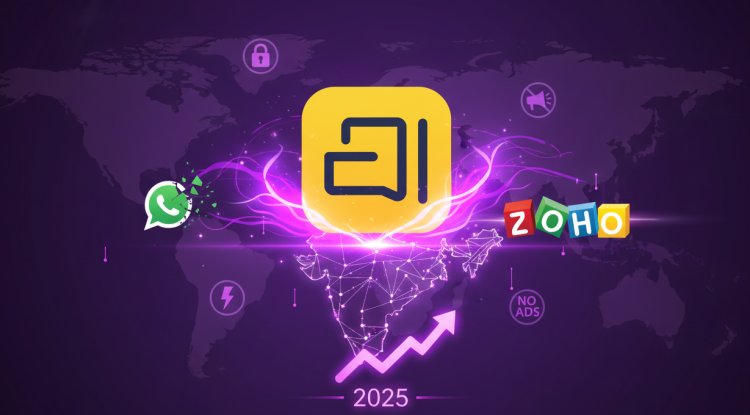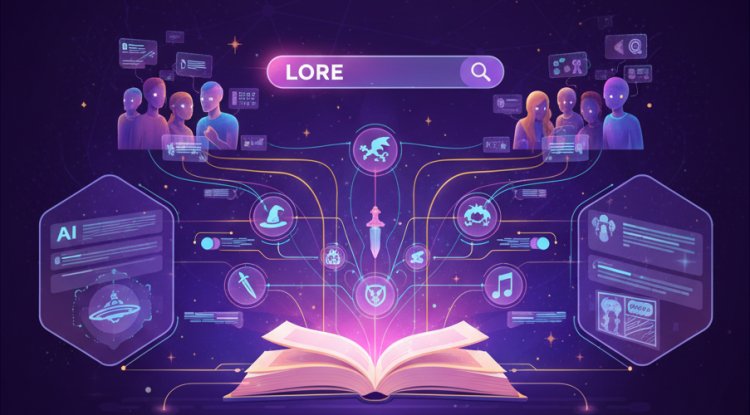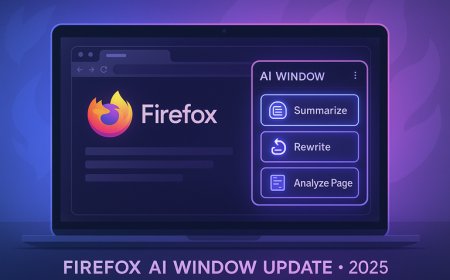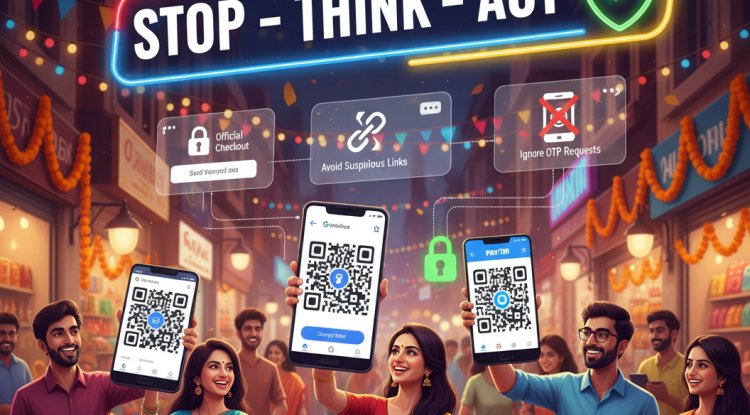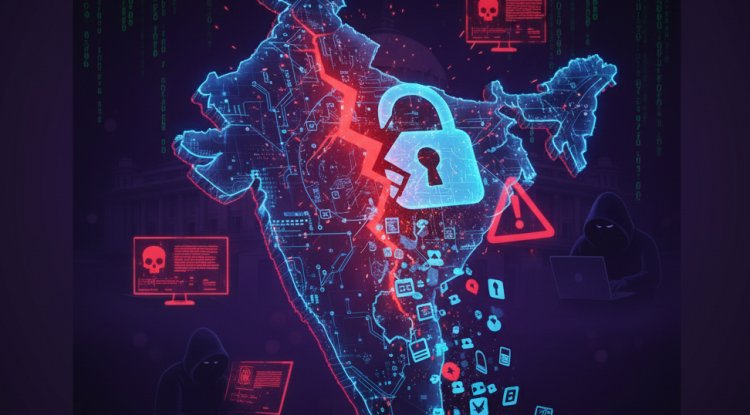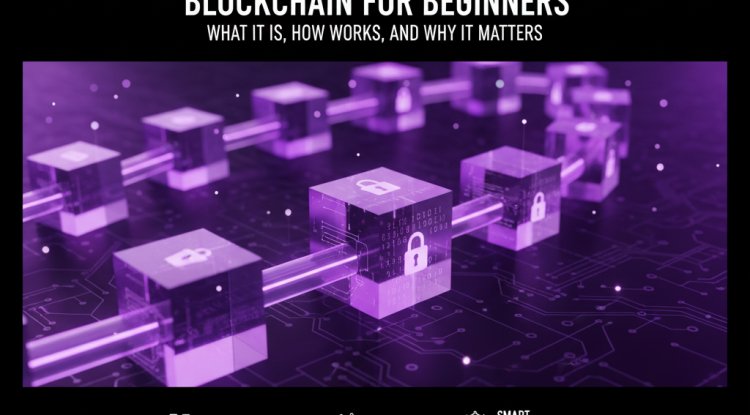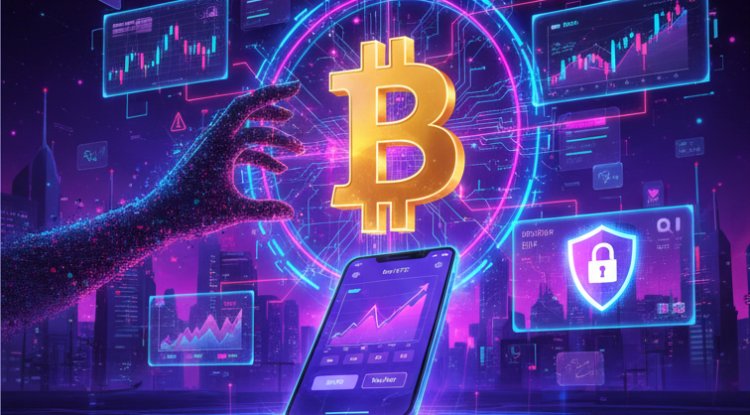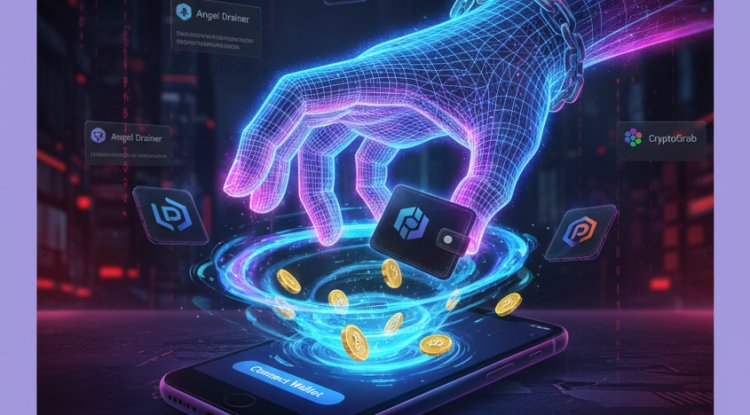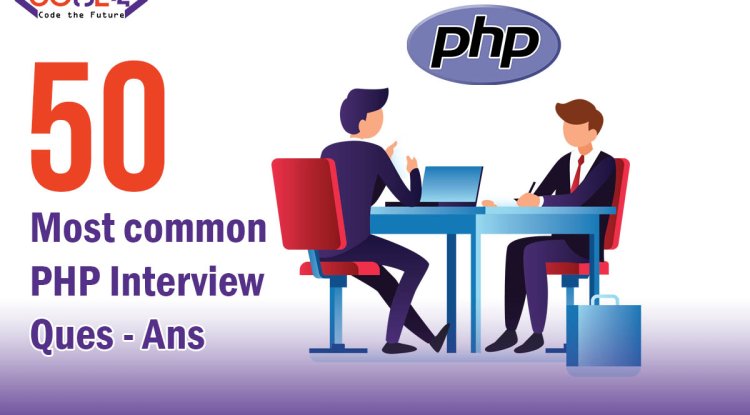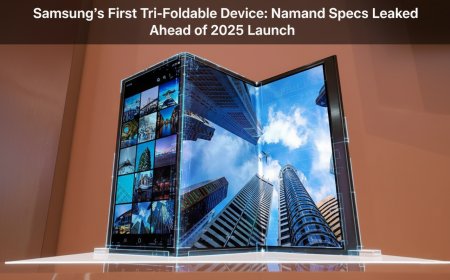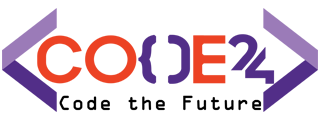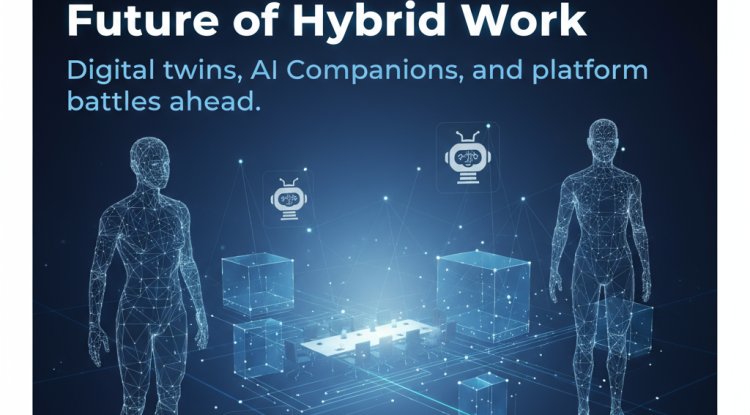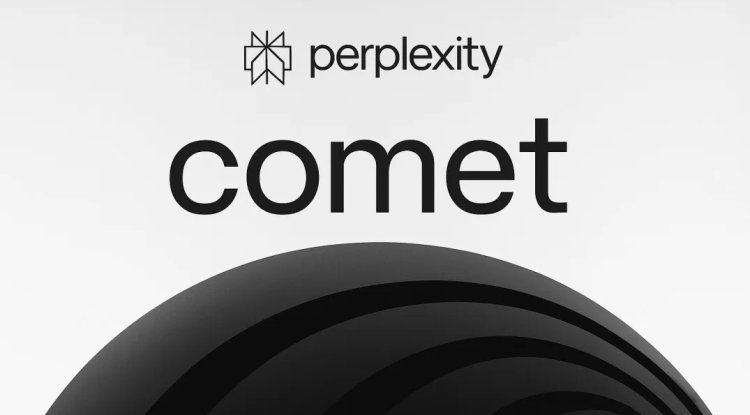What Is IoT? Understanding the Internet of Things and Its Impact on Our Lives
The Internet of Things (IoT) refers to the network of physical devices, vehicles, buildings, and other objects that are embedded with sensors, software, and connectivity. It allows these devices to collect and exchange data, creating opportunities for automation and efficiency in various industries.
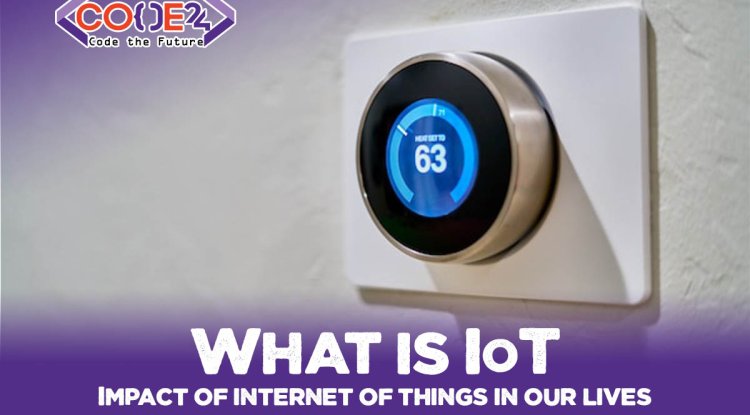
Introduction
The Internet of Things (IoT) is changing our world in profound ways. IoT technology has already transformed the way we live and work, and its impact is only set to increase in the future. This essay will explore the characteristics of IoT, its architecture, and some of the applications and projects that have been developed. We will also examine some examples of IoT devices that are already having an impact on our lives.
What is IoT?
The Internet of Things (IoT) is a network of interconnected devices that are capable of exchanging data over the internet. These devices can be anything from smartphones to smart homes, and they are all connected by the internet. IoT technology is designed to make our lives easier and more efficient by automating tasks and providing us with valuable data.
Characteristics of IoT
Some of the key characteristics of IoT include:
-
Connectivity: IoT devices are connected to the internet and can communicate with each other and with cloud-based applications.
-
Sensors: IoT devices are embedded with sensors that collect data and transmit it over the internet.
-
Data Processing: IoT devices generate a vast amount of data that can be processed and analyzed to generate insights.
-
Automation: IoT devices can automate tasks, reducing the need for human intervention.
-
Scalability: IoT devices can be easily scaled up or down to meet changing business needs
IoT Architecture
The Internet of Things (IoT) architecture is divided into three layers: the perception layer, the network layer, and the application layer. Each layer serves a distinct purpose in the functionality of IoT devices.
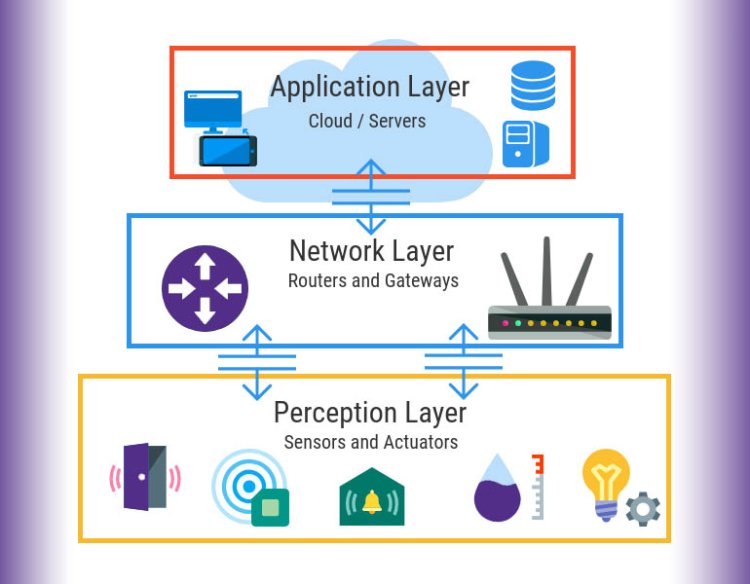
-
Perception Layer: The perception layer is the bottom layer of the IoT architecture, where the sensing devices or sensors reside. It includes physical devices such as temperature sensors, motion sensors, and cameras that gather data about the surrounding environment. These sensors can be embedded in objects or infrastructure to capture data about the physical world. They are responsible for collecting data, which is then transmitted to the network layer.
-
Network Layer: The network layer is the middle layer of the IoT architecture, where the data is transferred between the perception layer and the application layer. It is responsible for connecting the perception layer devices to the internet and managing the communication between them. The network layer can use various communication protocols, such as Bluetooth, Wi-Fi, or cellular networks, to send data to the application layer. This layer is also responsible for ensuring that the data is secure and reliable during transmission.
-
Application Layer: The application layer is the top layer of the IoT architecture, where the collected data is processed and analyzed. It includes software applications that can interpret and use the data received from the perception layer through the network layer. The application layer can perform various tasks, such as data analysis, visualization, and decision-making based on the data received. It can also send commands back to the perception layer devices through the network layer to take actions based on the data analyzed.
IoT Projects and Applications
IoT has become a popular area of research and development, with numerous projects being undertaken by companies and individuals worldwide. Some of the popular IoT projects include:
-
Smart Agriculture: IoT devices are being used to monitor soil conditions, weather patterns, and crop growth to improve yields and reduce costs.
-
Smart Cities: IoT devices are being used to monitor traffic patterns, air quality, and energy usage to improve the quality of life in urban areas.
-
Industrial Automation: IoT devices are being used to monitor and control industrial processes, reducing downtime and improving efficiency.
But this age has just started the journey of IoT. Huge waves of IoT devices and applications are on the way which would change the scenario of the future.
IoT Devices
There are many different types of IoT devices, ranging from wearable devices such as smartwatches and fitness trackers to industrial IoT devices that are used in factories and other industrial settings. Some of the most popular IoT devices include smart speakers such as Amazon Echo and Google Home, which allow users to control their homes with their voice.
Examples of IoT in Action
-
Smart Thermostats: Devices like Nest Learning Thermostat can learn user behavior and automatically adjust the temperature to save energy.
-
Smart Lighting: Devices like Philips Hue can be controlled using a smartphone app and can adjust lighting based on user preferences.
-
Wearable Fitness Trackers: Devices like Fitbit can track activity, sleep patterns, and heart rate.
-
Smart Locks: Devices like August Smart Lock can be controlled remotely, allowing users to grant access to their homes to family members or guests.
Conclusion
The Internet of Things is already having a profound impact on our lives, and its impact is only set to increase in the future. With its ability to connect devices and automate tasks, IoT technology is making our lives easier, more efficient, and more enjoyable. Whether it's smart homes, smart cities, or industrial IoT devices, the potential of IoT is limitless, and we are only just beginning to scratch the surface of what is possible.
What's Your Reaction?
 Like
0
Like
0
 Dislike
0
Dislike
0
 Love
0
Love
0
 Funny
0
Funny
0
 Angry
0
Angry
0
 Sad
0
Sad
0
 Wow
0
Wow
0
